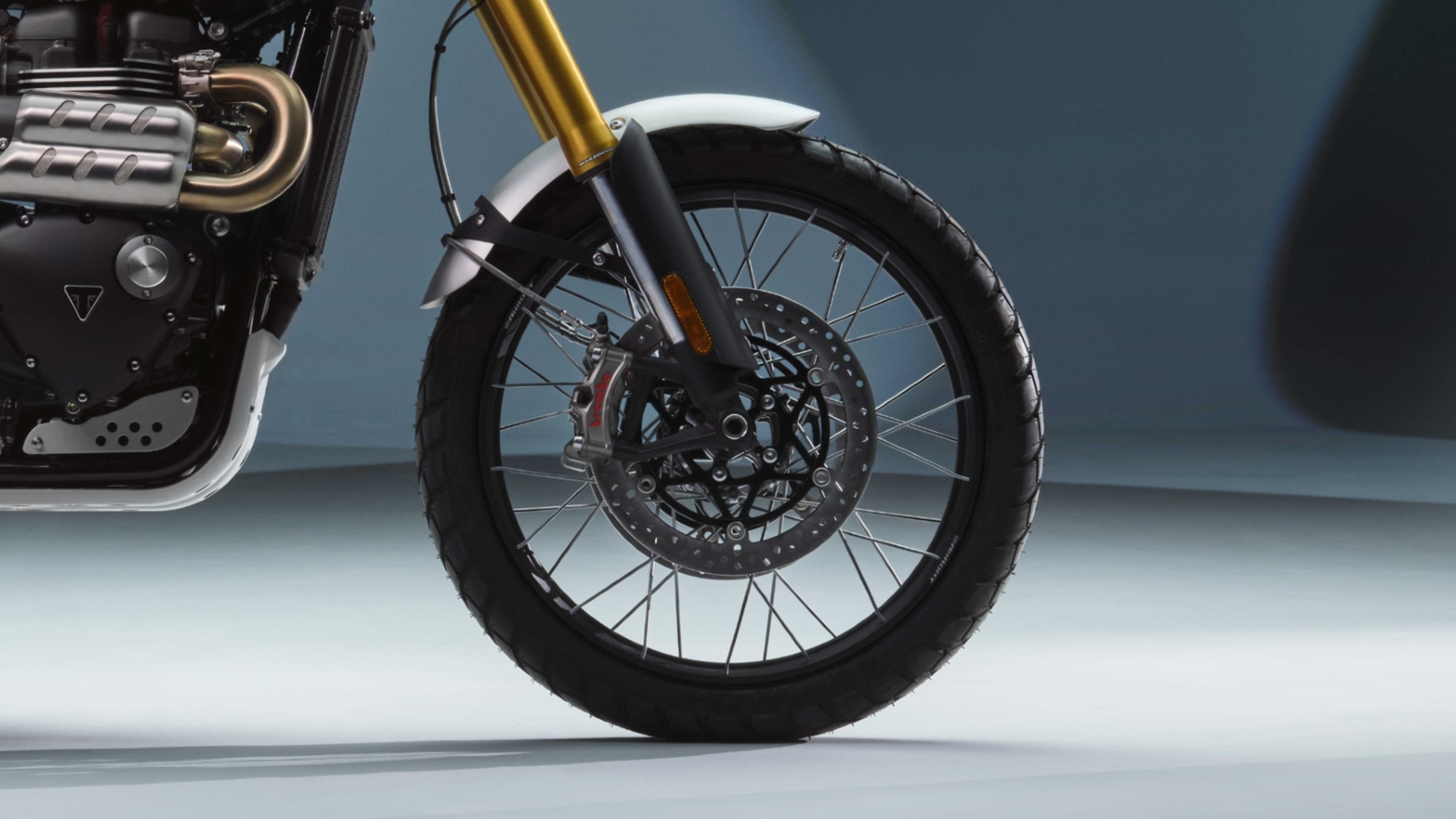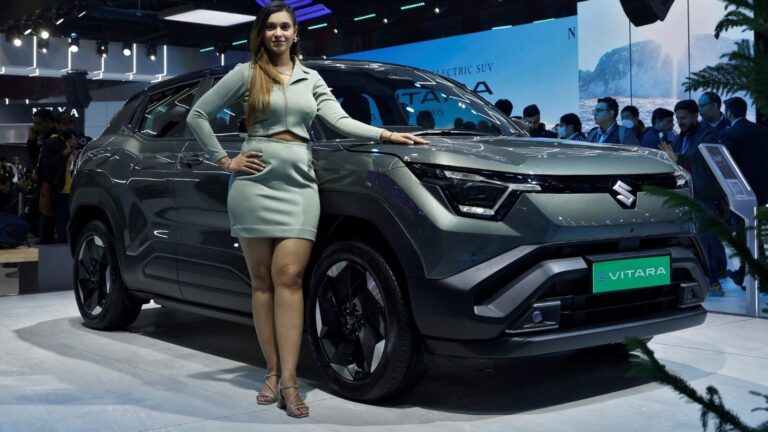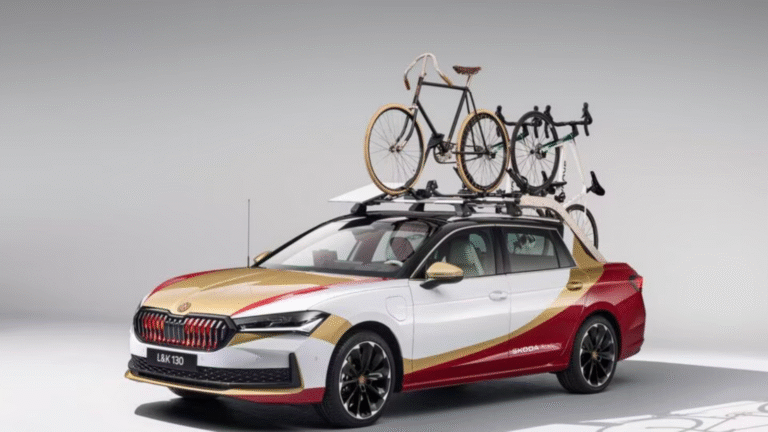The Ministry of Road Transport & Highways (MoRTH) has announced that anti-lock brakes (ABS) will be mandatory on all two-wheelers from April 1, 2026. The move aims to make two-wheelers, comprising motorcycles and scooters, safer, irrespective of the displacement. Previously, only two-wheelers with an engine capacity over 125 cc were mandated to have ABS. However, the new regulation will now include entry-level models as well. But why is ABS important? We break it down for you.

Anti-Lock Brakes: What Is It?
Anti-lock brakes is a safety feature that ensures the wheels do not lock up during braking. This is particularly effective in emergencies and on slippery surfaces. The ABS unit is connected to the front brake mechanism (and rear brakes on higher displacement models) and uses sensors to monitor the wheel speed.
(Also read: Government mandates ABS on all new two-wheelers from April 1, 2026)

The sensors then use the ECU to control the brake pressure by applying the brakes in spurts. As a result, the wheels do not lock up, preventing the vehicle from skidding. This allows for more controlled braking and a shorter stopping distance.
Anti-lock brakes are a crucial safety feature helping improve overall vehicle stability and control, and has been a major contributor towards improving road safety on two-wheelers as well as cars.
Better Safety With ABS
The addition of ABS to all two-wheelers will be a major contributor towards improving road safety in India. So far, two-wheelers under 125 cc get the Combi-Braking System (CBS) as standard, which applies both the front and rear brakes to ensure better balance. However, the new mandate will require all new two-wheelers to feature ABS as a standard fitment, starting from April 1 next year. Meanwhile, existing two-wheelers will be required to have ABS as standard from October 1, 2026.

Select manufacturers have begun offering ABS as an option on their 125 cc motorcycles. At present, the Hero Xtreme 125R is the most accessible motorcycle in India to get anti-lock brakes. Anti-lock brakes were first mandated in India on 125 cc and above bikes with effect from April 1, 2018.
Enhanced Road Safety With ABS
Two-wheeler accidents account for about 44 per cent of all road accidents in India. Data suggests that about 45 per cent of the two-wheelers sold are under 125 cc. That said, the addition of ABS will add a fairly significant cost to entry-level two-wheelers. Expect prices to go up by ₹5,000-7,000, depending on the model. Nevertheless, it’s a step in the right direction and should help reduce two-wheeler-related accidents and fatalities in the country.
If you are currently looking for a two-wheeler and your preferred model comes with ABS, then that’s the variant you should go for.


















